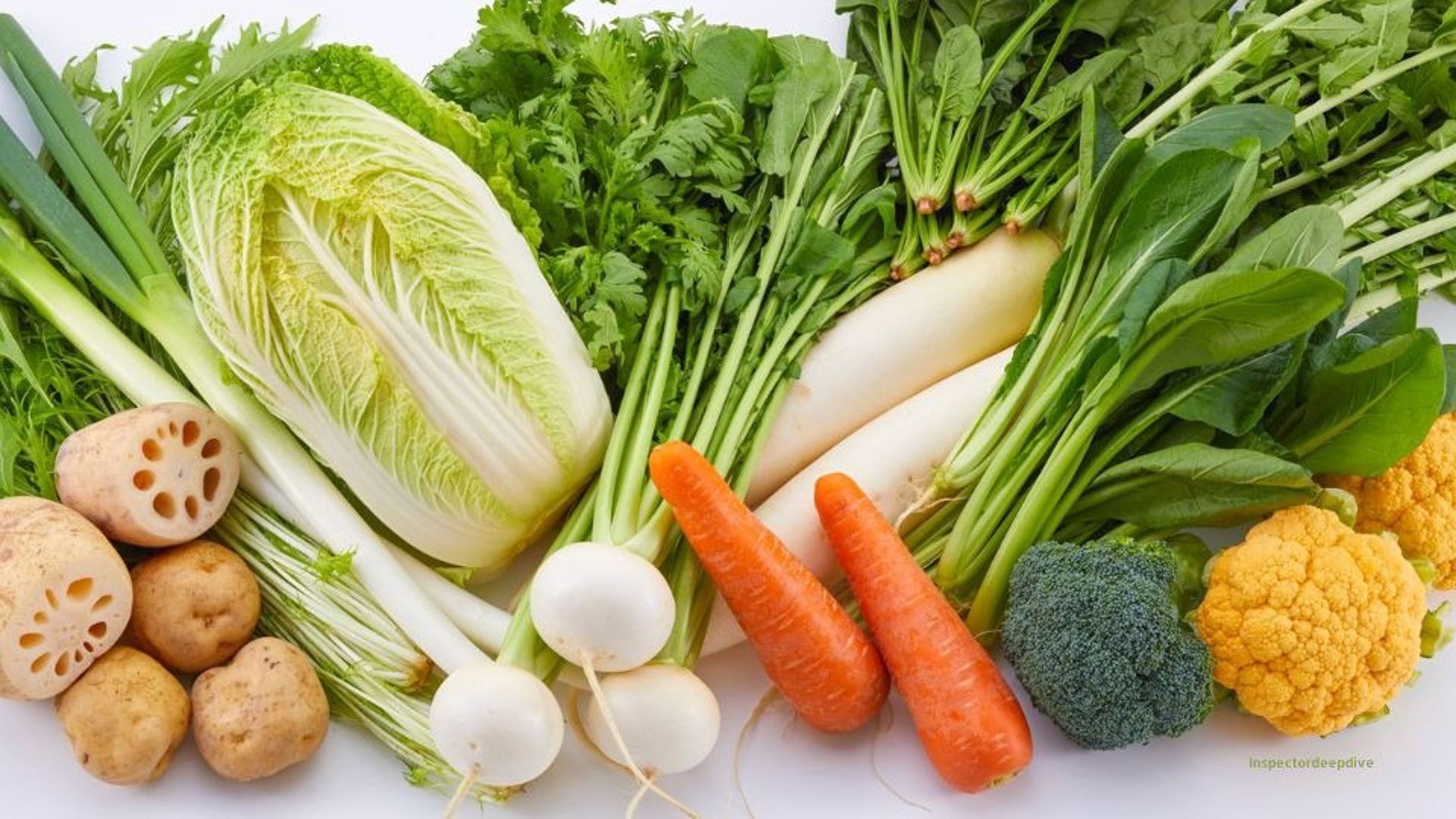
Veggie Power are you Ready to Learn what’s in it for You?
Vegetables are defined as edible plant-derived materials commonly used in human nutrition for their complex carbohydrates, micronutrients, and phytochemicals. While the term lacks strict taxonomic classification, it is primarily used in culinary and dietary contexts to describe non-sweet plant parts suitable for inclusion in savory dishes.
Botanically speaking, vegetables are plants or plant parts eaten as food. This includes roots like carrots and potatoes, stems like celery, leaves like spinach, flowers like broccoli, and even young fruits like green beans. What makes something a vegetable isn't its plant structure, but how we use it in cooking and meals.
Vegetables are rich sources of essential vitamins, minerals, and dietary fiber. Many contain bioactive compounds such as flavonoids, carotenoids, glucosinolates, and polyphenols under investigation for their potential roles in supporting metabolic function, immune response, and long-term cellular health.
From an agricultural standpoint, vegetables are cultivated across diverse climates and play a critical role in both subsistence farming and industrial food systems. Their growth cycles, nutrient uptake mechanisms, and post-harvest physiology influence flavor, texture, and nutritional stability.

Artichoke : High in fiber, cynarin, and potassium
Asparagus : Rich in folate, vitamin K, and antioxidants
Avocado: A Nutrient Goldmine Rich in Over 20 Essential Nutrients
Beetroot : Natural nitrates, iron, and color from betalains
Broccoli : Sulforaphane, vitamin C, and fiber
Brussels Sprouts : High in vitamin C and gut-friendly compounds
Cabbage : Cruciferous vegetable with detoxifying properties
Carrot : Beta-carotene, vitamin A, and eye health
Cauliflower : Low-carb substitute with anti-inflammatory benefits
Celery : Hydrating, low-calorie, and rich in potassium
Chili Pepper : Capsaicin for metabolism and pain relief
Chayote: Rich in Vitamin A, antioxidants, and for immune support
Corn : High in lutein and zeaxanthin for eye health
Cucumber : Hydration, silica for skin, and cooling effect
Eggplant : Anthocyanins for heart health
Garlic : Allicin for immune support and flavor
Ginger : Gingerol for digestion and inflammation
Green Beans: Fiber, vitamin K, and iron
Kale : Vitamin K, C, and antioxidants like quercetin
Leek : Mild onion flavor with prebiotic benefits
Lettuce : Leafy base for salads (varies by type)
Mushroom : B-vitamins, selenium, and umami flavor
Onion : Quercetin, sulfur compounds, and prebiotic fiber
Peas : Plant-based protein, vitamin K, and iron
Pepper (Bell) : High in vitamin C and carotenoids
Potato : Starchy staple with potassium and vitamin C
Pumpkin : Beta-carotene, fiber, and natural sweetness
Radish : Peppery bite with detoxifying compounds
Spinach : Iron, magnesium, and lutein for eyes
Swiss Chard: Vitamin K, antioxidants, and fiber for bone health
Sweet Potato : Beta-carotene, fiber, and natural sugars
Tomato : Lycopene, vitamin C, and acidity for cooking
Turnip : Root veg with glucosinolates and potassium
Turmeric : Curcumin for inflammation and joint support
Zucchini : Mild squash with vitamin C and hydration
Vegetable List
info@inspectordeepdive.com
© 2025 food.InspectorDeepDive.com. All rights reserved. Content may not be copied or republished without permission.
This article is for informational purposes only. InspectorDeepDive.com does not provide medical advice. Always consult a licensed healthcare provider before making dietary or health decisions.
